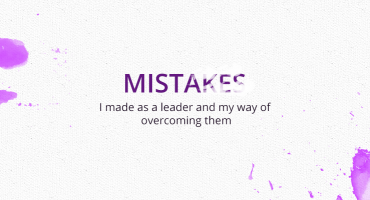What Does the Future Hold for Manual Testing in the Age of AI-Dominant Quality Assurance?
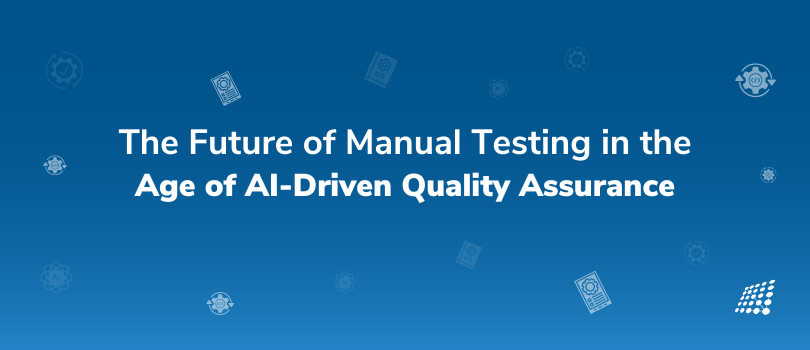
In software development, the role of manual testing in software testing has been both steadfast and adaptive. For years, diligent testers have meticulously combed through and scrutinized code, to reveal elusive bugs that tamper with the quality of software products. However, as artificial intelligence (AI) continues to assert its dominance, the very fundamentals of testing are undergoing a profound transformation. In particular, quality assurance (QA) has seen a substantial shift with the introduction of AI-driven tools like ChatGPT. These advancements have led to discussions on “What does the future hold for manual testing in the age of AI-dominant Quality Assurance?”
What is Manual Testing?
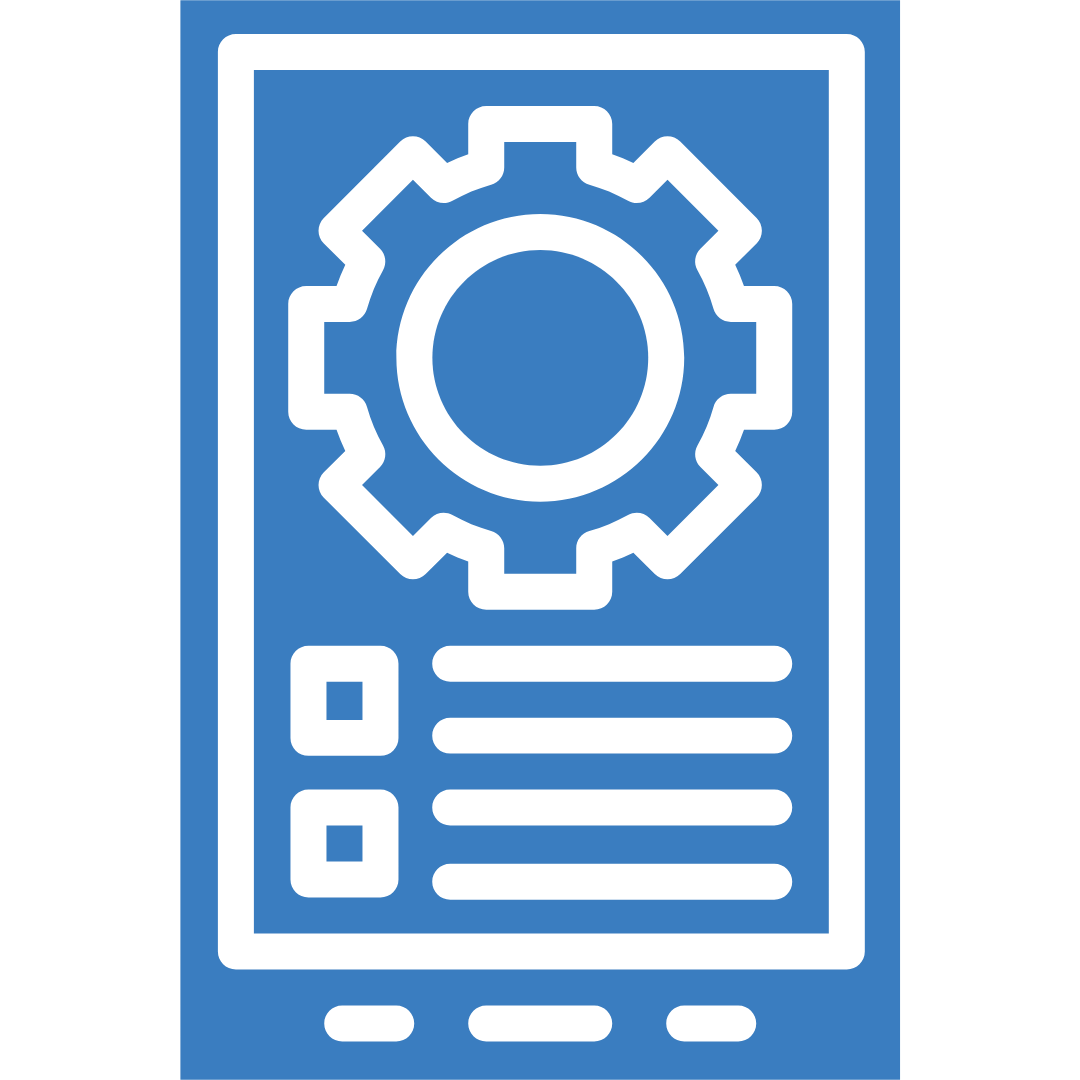
Manual testing is a kind of software testing technique that involves hands-on efforts where a tester methodically follows predefined scenarios to check if the software behaves as intended.
- It is used to produce test guides based on data queries, document tests, offer temporary structures to help run tests, and measure test results.
- This traditional approach can be time-intensive and expensive, as it includes creating detailed test plans, setting up environments for testing, and recording the outcomes meticulously.
- During manual testing, test cases are crafted to challenge the software’s code, culminating in a comprehensive report on its performance.
Testers bring context, innovation, and critical thinking to the table. They empathize with end-users, explore edge cases, and simulate real-world scenarios. Yet, the manual testing process can be time-consuming, error-prone, and resource-intensive. As organizations strive for faster releases and seamless user experiences, the pressure on manual testers intensifies.
Challenges of Manual Testing
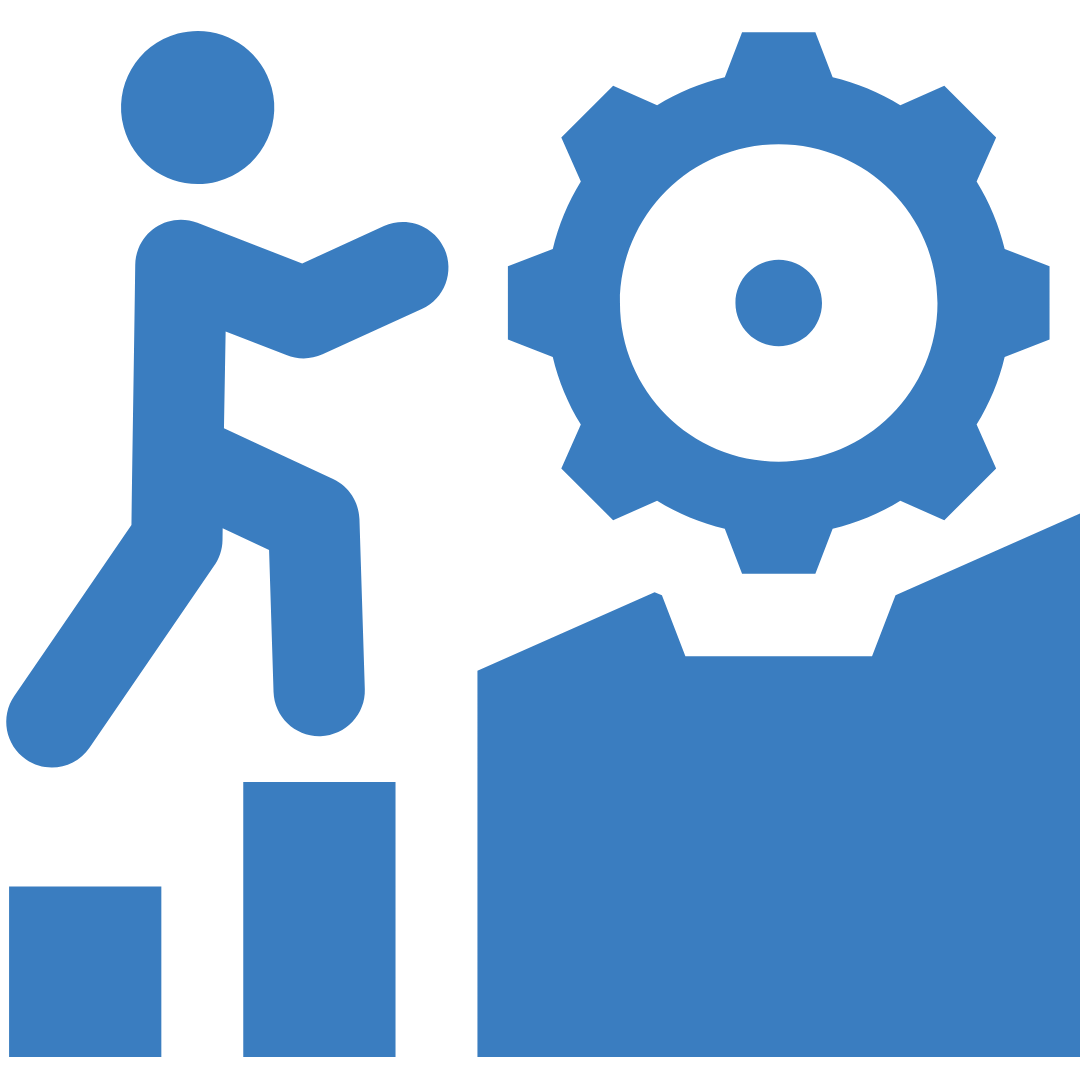
Understand Client Needs:
Testers must have an in-depth understanding of client requirements to ensure the software meets these needs accurately. Precise and clear communication between testers and developers is crucial for achieving this.
Unreliable Testing:
Manual testing can't be fully trusted because it lacks a defined standard to verify if the actual results match the expected outcomes. Assessing software quality relies heavily on the judgment of testers, which can be subjective.
Risk of Errors:
With manual testing, human error is a potential risk. Testers can become exhausted and less attentive over time, which increases the likelihood of mistakes during data entry, parameter setting, and result evaluation.
Balancing Fact and Fiction:
The misconception is that all testing is manual, but in reality, only a portion is conducted manually, based on what's practical.
Time-Intensive:
Due to the labor-intensive nature of manual testing and limited testing resources, it can significantly delay project timelines. In fact, 90% of IT projects reportedly run late due to extensive manual testing.
Choosing the Right Testers:
Manual testing requires professionals with strong communication, analytical, and technical abilities. It's vital to select testers with the right skills and experience to ensure effective testing outcomes.
Deadline Pressures:
Manual testers must execute various tests without automated tools, which demands prioritization and careful planning. Meeting deadlines in software development is critical, and not all test cases can be executed, leading testers to focus on the most crucial ones.
Incomplete Test Coverage:
The combination of different platforms, operating systems, and business processes makes full manual regression testing impractical, leading to gaps in software test coverage.
Knowing When to Stop Testing:
Deciding when to halt testing is challenging. It necessitates a deep understanding of the testing processes and their importance, as there is no definitive endpoint.
The Rise of AI in Quality Assurance
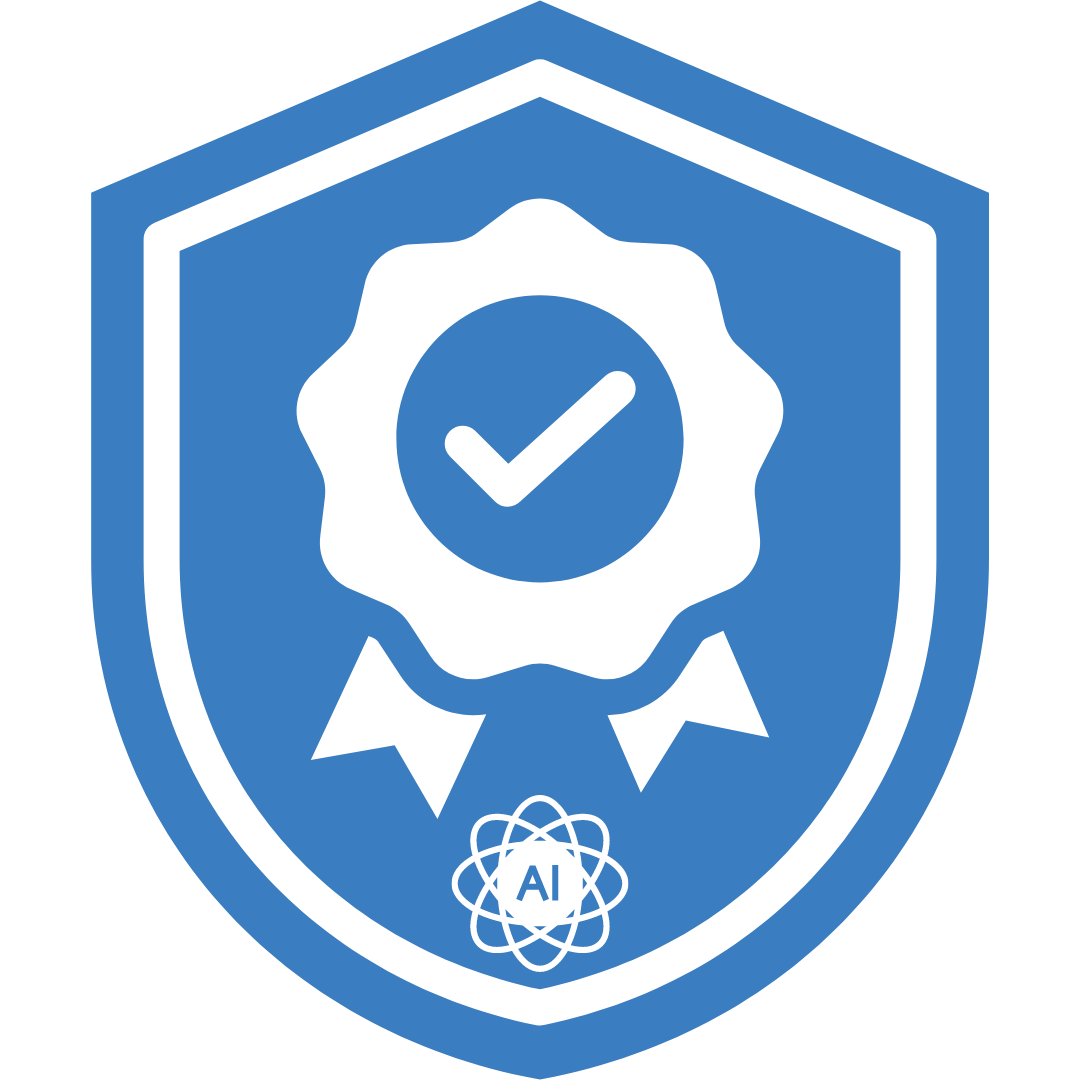
Artificial intelligence quality assurance has made remarkable progress in various aspects of software development, including quality assurance. AI in quality assurance can analyze vast amounts of data, identify patterns, and generate test cases with unparalleled speed and accuracy. These tools utilize machine learning algorithms to continuously improve their performance, reducing the time and effort required for testing. The ability of AI to handle repetitive tasks and detect anomalies has led to increased efficiency and cost savings in the QA process.
The Limitations of AI in Testing
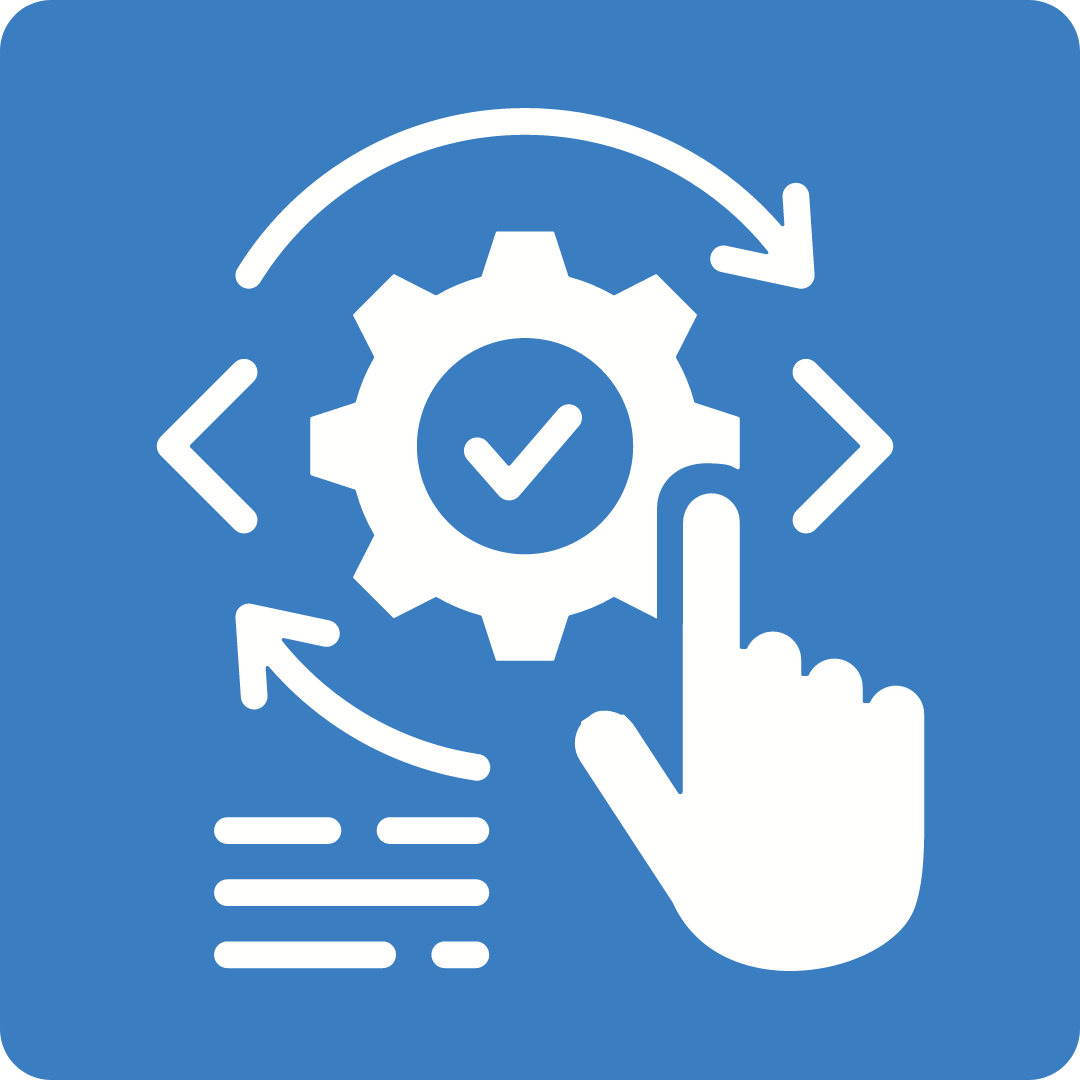
Despite the impressive capabilities of AI, it is essential to recognize the limits of AI in the context of software testing. AI-driven tools excel at handling structured and predictable scenarios but may struggle with complex, ambiguous, or subjective aspects of testing. For instance, assessing user experience, evaluating aesthetic appeal, or identifying subtle usability issues often require human intuition and judgment. Additionally, AI relies on historical data and predefined rules, which may not account for novel or unexpected scenarios that manual testers can uncover through exploratory testing.
The Importance of Manual Quality Assurance in AI
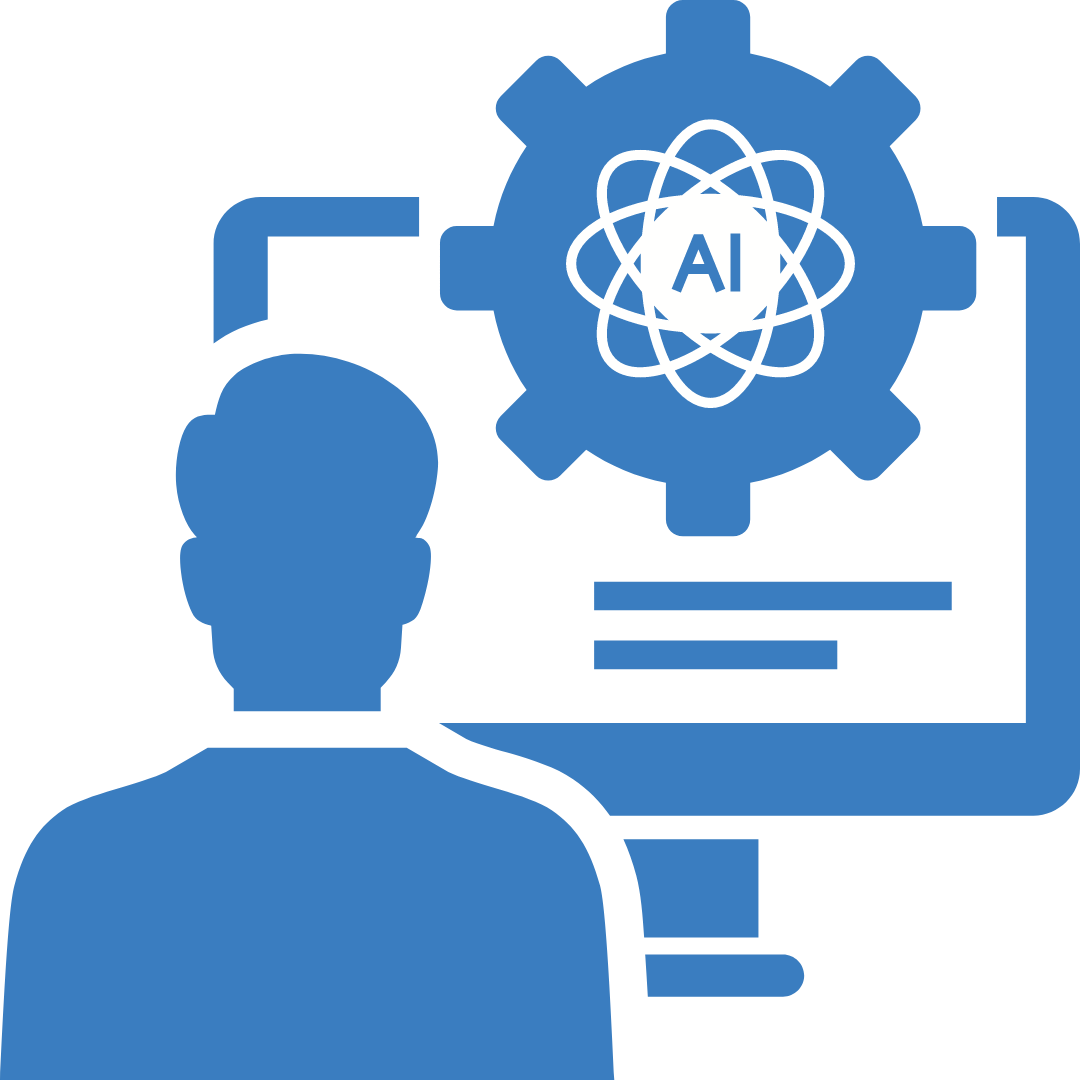
Manual testing remains a crucial component of the QA process, even in the age of AI.
- Human testers bring a unique perspective and skill set that complements the capabilities of AI-driven tools.
- They possess domain knowledge, critical thinking abilities, and problem-solving skills that enable them to identify defects and edge cases that automated scripts might overlook.
- Manual testers conduct manual quality assurance in a way that it can provide valuable insights into the user experience, ensuring that the software meets the needs and expectations of end-users.
- They can also validate the results of AI-driven testing, verifying that the outcomes align with business requirements and user expectations.
Adapting to the Artificial Intelligence Landscape
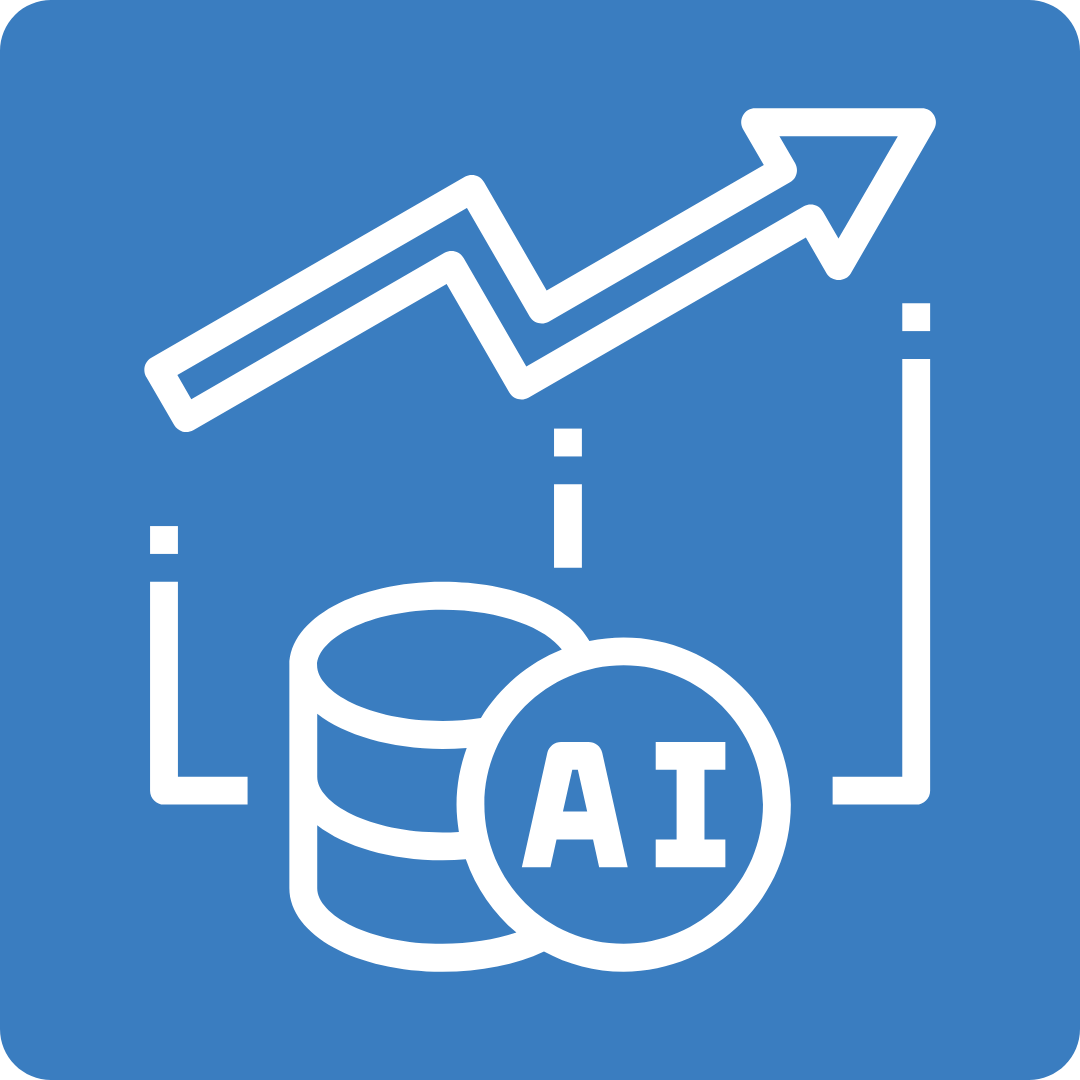
To thrive in the age of AI-driven quality assurance, manual testers must adapt and expand their skill sets. They should embrace continuous learning and familiarize themselves with AI technologies, understanding their strengths and limitations. Manual testers can focus on strategic test planning, test case design, and result interpretation, leveraging AI to automate repetitive tasks and enhance test coverage.
They can also specialize in domain-specific testing areas, such as accessibility, security, or performance testing, where human expertise is invaluable. By collaborating with AI-driven tools and providing valuable insights, manual testers can contribute to the creation of high-quality software products.
Difference between Manual and Automated Testing
Rather than the difference between manual and automated testing, the future of software testing lies in the synergy between manual and automated testing techniques. AI-driven tools can handle the bulk of repetitive and data-intensive tasks, freeing up manual testers to focus on more complex and exploratory testing scenarios. Manual testers can provide input for training AI models, ensuring that the automated tests are comprehensive and aligned with real-world requirements. By leveraging the strengths of both manual and automated testing, organizations can achieve a more efficient and effective QA process, leading to higher-quality software products.
Benefits of AI Quality Assurance
Faster Testing with AI:
- AI performs tests more quickly and frequently than human testers.
- This speed helps catch issues early in the development process.
- Result: Faster time-to-market and better resource utilization.
Cost Savings and ROI Boost:
- AI reduces manual effort and minimizes human errors during testing.
- Businesses save costs due to improved efficiency.
- The return on investment (ROI) increases as a result.
Comprehensive Test Coverage:
- AI-driven testing handles a large number of test cases.
- Organizations achieve broader test coverage without needing more human resources.
Smart Issue Analysis:
- AI predicts client behavior, detects fraud, and aids targeted marketing.
- It optimizes automation and enhances agility through self-learning.
Conclusion
The age of AI-driven quality assurance presents both challenges and opportunities for manual testing. While AI-powered tools like ChatGPT are transforming the testing landscape, manual testing remains an essential component of the QA process. The future of manual testing lies in adapting to the changing technological landscape, acquiring new skills, and collaborating with AI-driven tools. By embracing the synergy between manual and automated testing, organizations can harness the power of AI while leveraging the unique skills and insights of human testers. As we navigate this new era of software testing, it is crucial to recognize the enduring value of manual testing and its role in ensuring the quality and reliability of software products. To know moe of how you can adapt AI into your QA processes or conduct AI enabled QA testing, get in touch with our QA experts!

A Dive into Cybersecurity
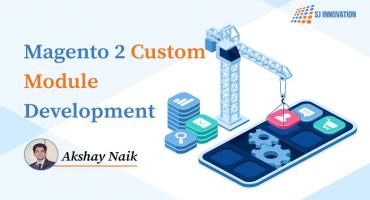
Magento 2 Custom Module Development
